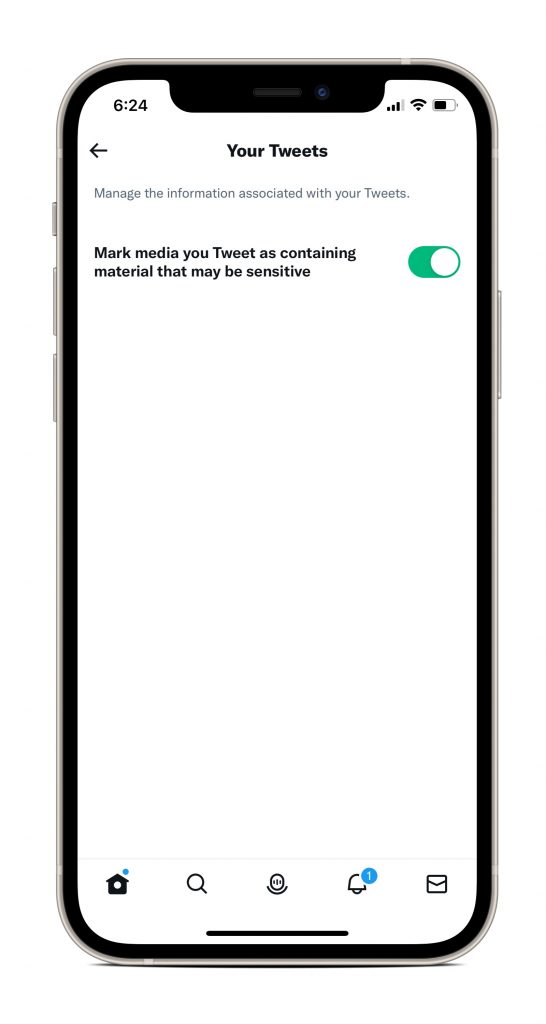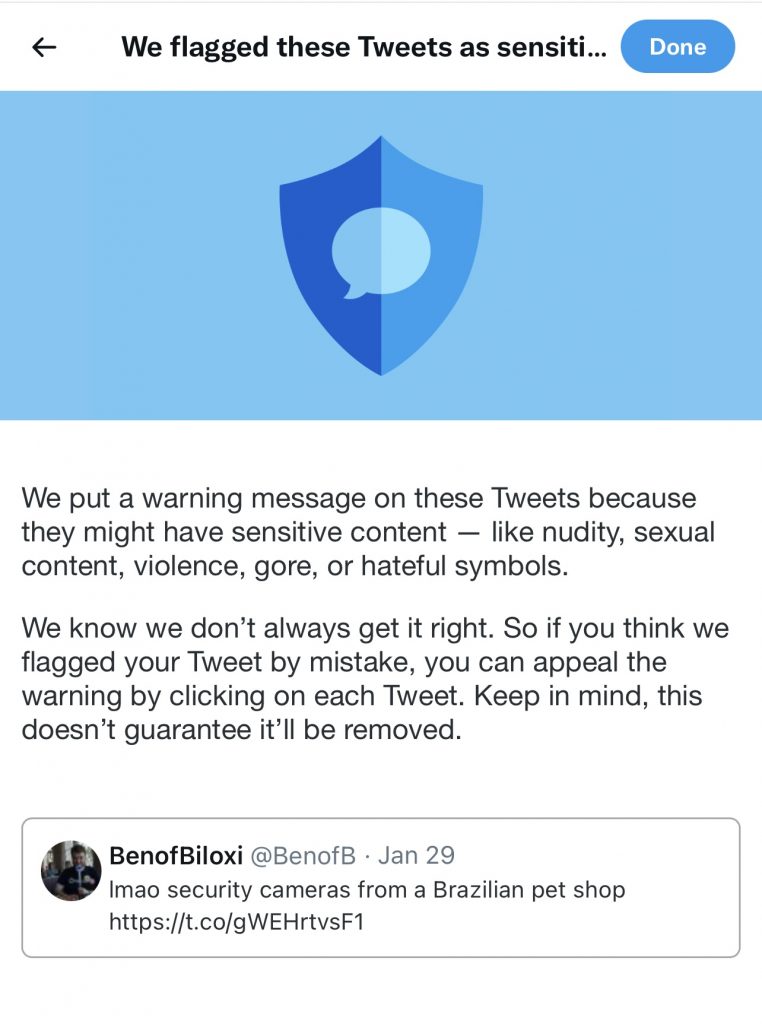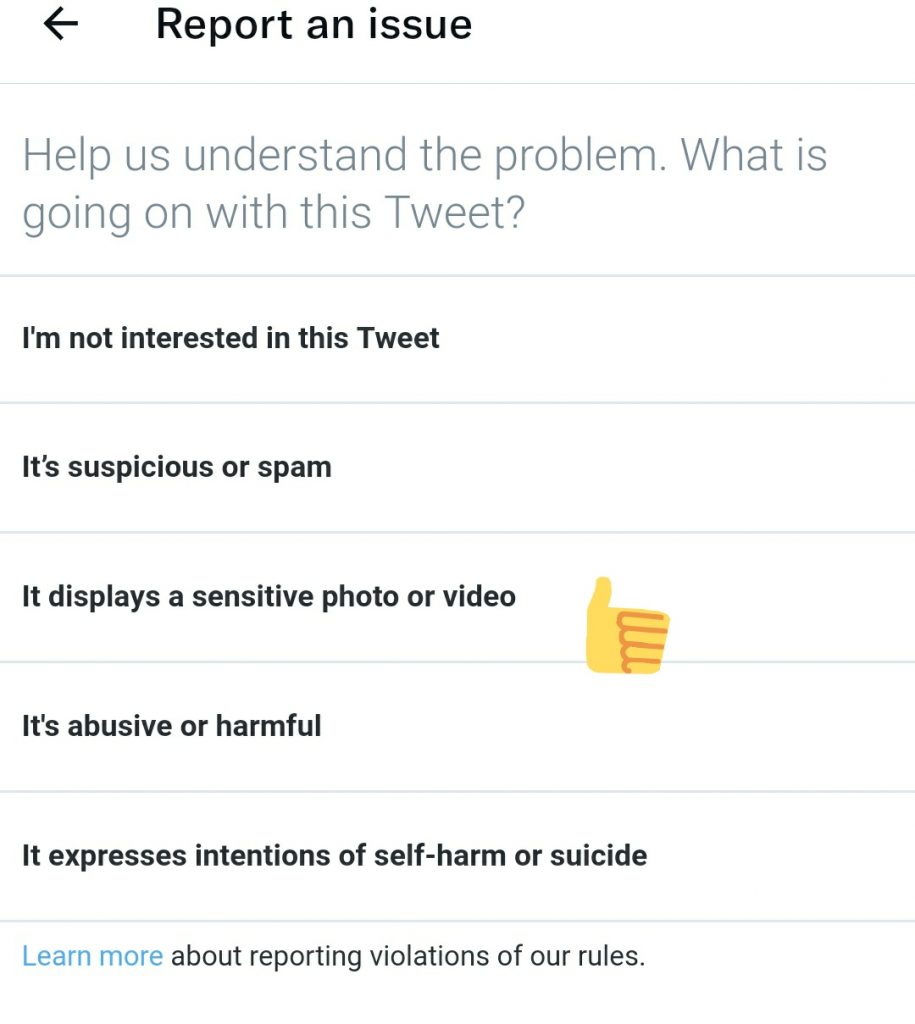One of the features of some social media platforms, such as Twitter and Instagram is that you can mark some of your posts that contain pornographic, violent, injury, and other sensitive content as NSFW. NSFW stands for Not Safe For Work. On most platforms, posting such content may result in the user being banned. But Twitter allows its users to publish such content. But by marking it as sensitive content, they let other users know that this post contains such content that may be unpleasant for you. So users choose to see it or skip it.

Why do we encounter the message “This tweet may contain sensitive content” on Twitter?
This message is being shown to you because the user who posted it has marked it as sensitive content. Any NSFW content posted on Twitter should be marked as a sensitive tweet. Otherwise, your account may be suspended. If you want to activate it, you need to go to the privacy and security settings of your Twitter. Sensitive content settings help you to warn users not to see your tweet if they don’t want to. Or they can click on the label next to your post to view it.
How to fix “This Tweet might include sensitive content”
If you want to change settings related to sensitive content, log in to your Twitter account using a browser or Twitter app.
- Go to your account settings & privacy.
- Click on privacy and safety.
- Look for your Tweets option and click on it.
- Now you see “Mark media you Tweet as containing material that may be sensitive.” Then activate it.
By enabling this setting, all media that have been marked by their publishers as containing sensitive content will not be shown to you, and you will see a warning message instead. This warning message means that because the content of this tweet may be unpleasant for you, it will not be shown to you.
If you are logged into your Twitter account using the app and encounter the error “This Tweet might include sensitive content,” you will be redirected to the web version of Twitter by tapping on “Change Settings.”
How to disable sensitive content settings on Twitter
To turn off sensitive content settings, follow these steps:
- Go to your account settings & privacy.
- Click on privacy and safety.
- Look for your Tweets option and click on it.
- Turn the “Mark media you Tweet as containing material that may be sensitive” option off.

After disabling this setting, all tweets published by users as sensitive content will be shown to you. In other words, this media won’t be hidden under the warning message.
How to report a Tweet as sensitive content
If you see a tweet on Twitter that has disturbing or pornographic content, and you think that this post should not be published on social media, or it is better to publish it in the form of sensitive content to hide it from people who do not want to see such content, you can report it. For this, you can do the following steps:
- Click on the three dots icon above the desired tweet.
- Select the report tweet option from the menu that is shown to you.
- Choose the reason for reporting that tweet from the list.
After you report a tweet, Twitter checks it. But it is possible that from Twitter’s point of view, that tweet did not violate their rules. If you are sure that the tweet has sensitive content and may be annoying and inappropriate for some, it is better to report it to the authorities in addition to Twitter.
Does publishing a tweet with sensitive content lead to Twitter account suspension?

Flagging your tweet as sensitive content will not suspend your account. But if you continuously publish these types of tweets that may violate the rules and privacy of Twitter, it can lead to the suspension of your account.

Before you publish a post on Twitter, check its content. In addition, try to read the rules of the Twitter platform to know what tweets may be against them.
Conclusion
Twitter users better mark some of their tweets as sensitive content because these posts may be as Not Safe For Work or NSFW. Otherwise, these materials will be shown to all users, which may be unpleasant for some of them and violate the rules and privacy of Twitter. As a result, there is a possibility that some of these users will report your tweet. These reports will be sent to Twitter, and by checking your tweet, if it finds it against its rules, it can suspend your account.
If you want to see the sensitive tweets, go to the settings and activate the “Display media that may include delicate content” option.





